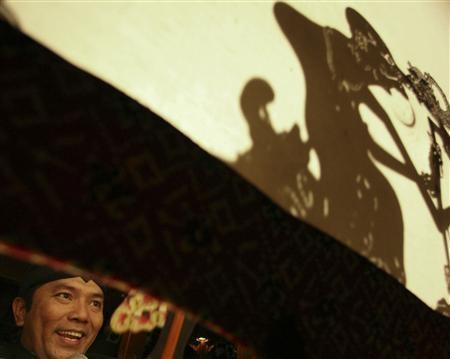In Luanxian County, on north China's Hebei Province, Chinese students were taught to make shadow puppets using paper, sticks and coloring materials.
Students enjoyed learning how to make their shadow puppets do various actions, like making the figures appear to walk, dance, talk and laugh.
Shadow puppetry or shadow play is considered an ancient art in China where people use articulated cut-out figures for storytelling. This form of entertainment makes use of a translucent screen to create an illusion of moving images.
Traditional Chinese shadow puppet makers create detailed cut-out figures that can be translucent or colorful. Talented puppeteers can also achieve different effects by moving the puppets and the light source.
Shadow play originated during the Han Dynasty when one of the concubines of Emperor Wu died of an illness. To make the emperor happy, the court officers made a shape of the concubine using donkey leather. Eleven separate pieces of leather as joints of the puppet were put together along with its painted garments.
During the 13th century, Chinese shadow shows became popular among foreign army troops in Beijing. Those foreign troops spread the shadow show in Arabia, Persia and Turkey. It was later introduced to Southeast Asian countries.
Nowadays, the existence of shadow troupes in 20 countries is proof that this form of entertainment had become popular in other cultures. Southeast Asian countries with known expertise in shadow puppetry are Vietnam, Indonesia, Thailand and Cambodia.



























